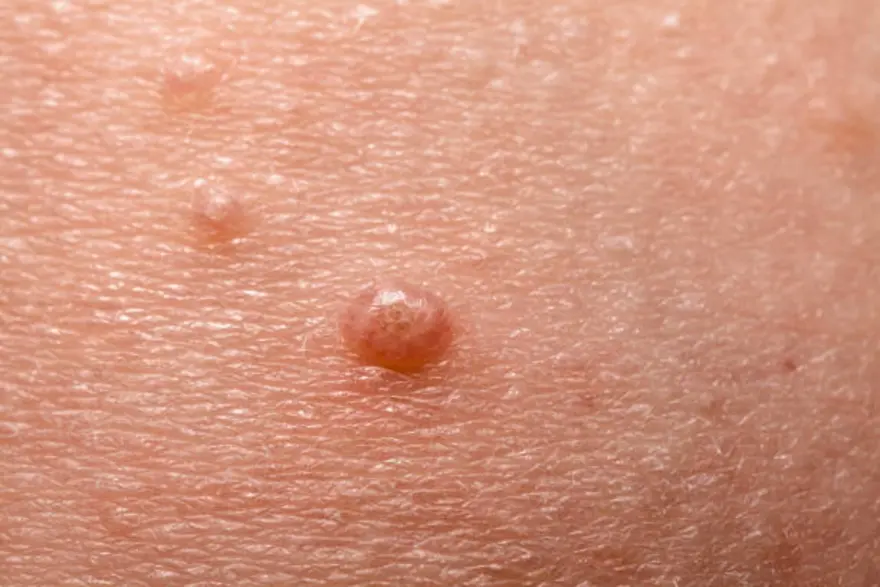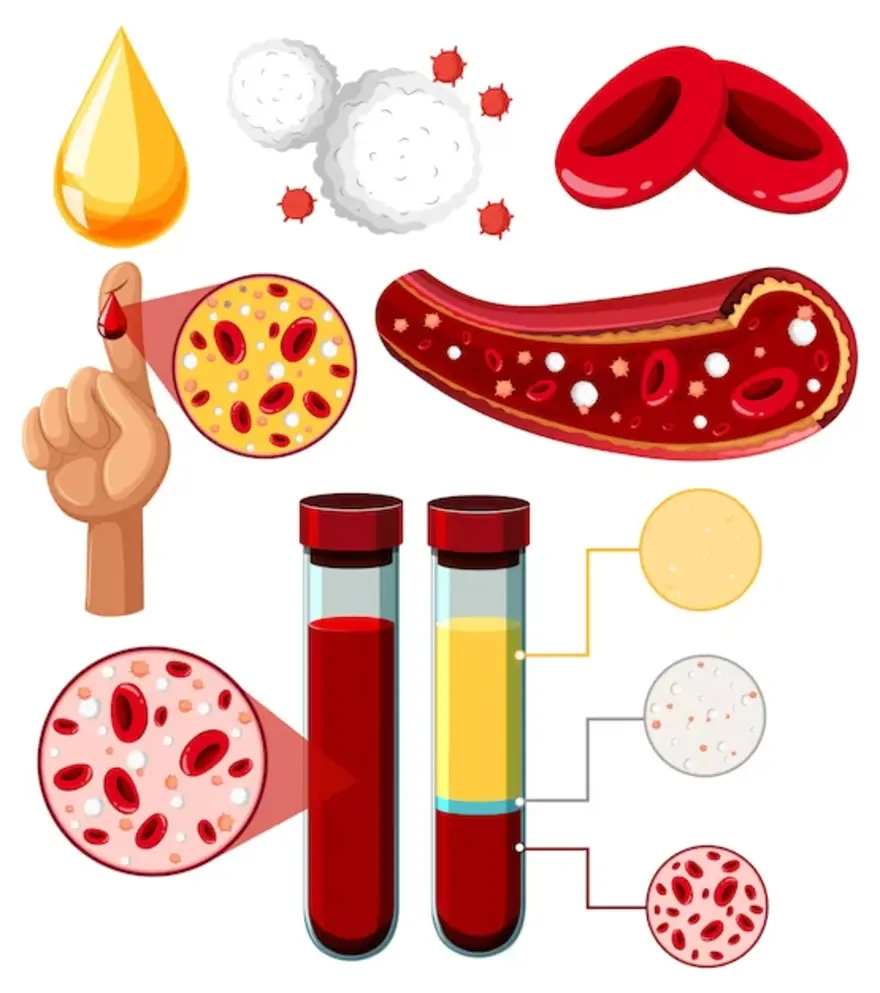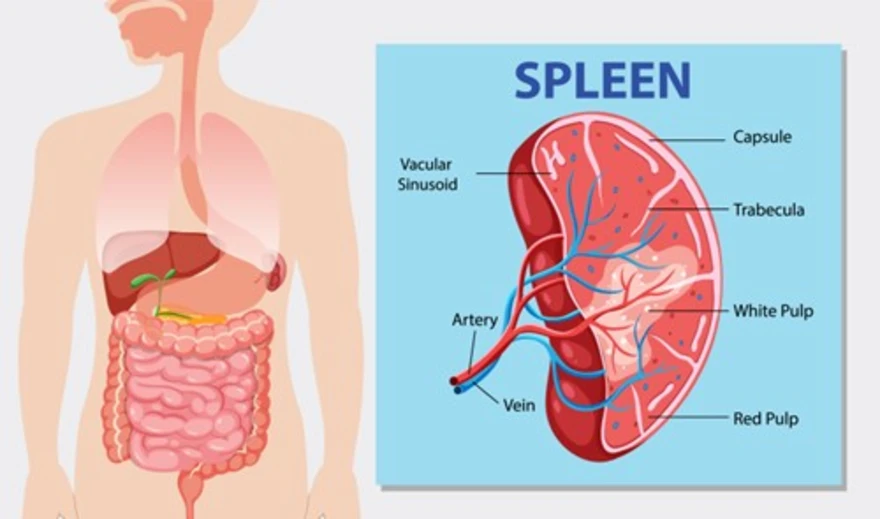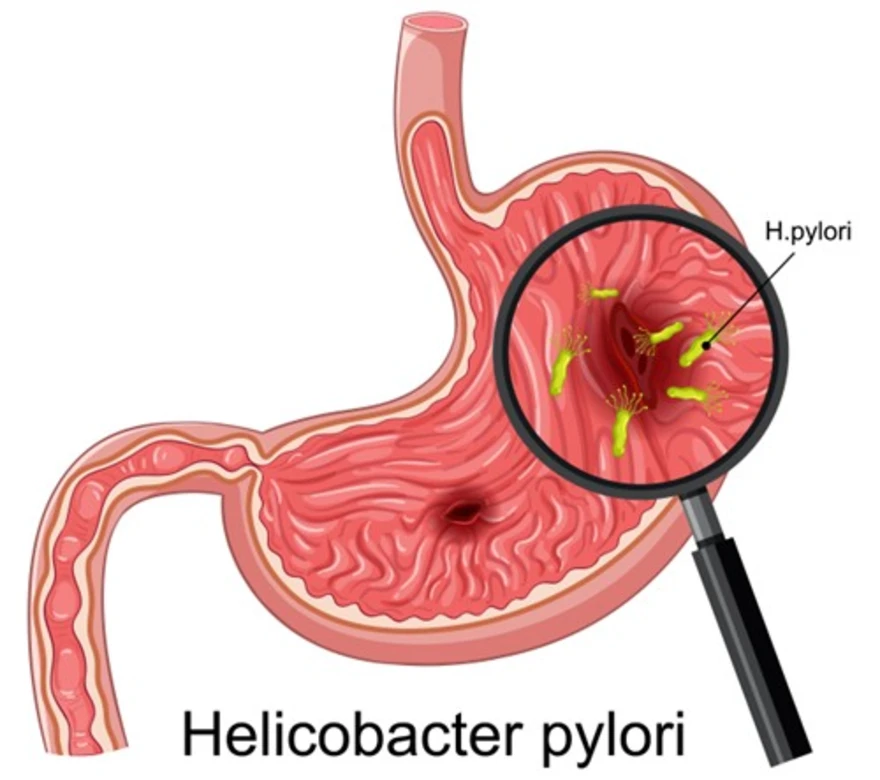Preventive Healthcare
All You Need To Know About Molluscum Contagiosum

Table of Contents
- What is Molluscum Contagiosum?
- Is Molluscum Contagiosum Sexually Transmitted?
- Who Does Molluscum Contagiosum Affect?
- How Common is Molluscum Contagiosum?
- How Does Molluscum Contagiosum Affect My Body?
- What are the Symptoms of Molluscum Contagiosum?
- What Causes Molluscum Contagiosum?
- Is Molluscum Contagiosum Contagious?
- How is Molluscum Contagiosum Diagnosed?
- How is Molluscum Contagiosum Treated?
- How Soon After Treatment Will I Feel Better?
- How Can I Prevent Molluscum Contagiosum?
- What Can I Expect If I Have Molluscum Contagiosum?
- When to See a Doctor?
- Conclusion
What is Molluscum Contagiosum?
Molluscum contagiosum, a common skin infection, is caused by the molluscum contagiosum virus, a member of the poxvirus family.
Is Molluscum Contagiosum Sexually Transmitted?
Yes, molluscum contagiosum is an STD, an adult-onset Sexually Transmitted Infection (STI) that can be transmitted through skin-to-skin contact during sexual activity.
Who Does Molluscum Contagiosum Affect?
While more prevalent in children, molluscum contagiosum can also impact adults, especially those with compromised immune systems. In individuals with a strong immune system, molluscum contagiosum std can be contracted through engaging in sexual activity with a partner who is infected.
How Common is Molluscum Contagiosum?
Molluscum contagiosum is a frequently encountered viral skin infection known for its typically mild and benign nature. It predominantly affects children aged 1 to 10. The global prevalence of molluscum contagiosum is estimated to range from 2% to 8%.
How Does Molluscum Contagiosum Affect My Body?
The manifestation of molluscum contagiosum on the body results in the formation of circular, firm, and painless bumps that vary in size, ranging from that of a pinhead to a pencil eraser.
What are the Symptoms of Molluscum Contagiosum?
Molluscum contagiosum symptoms can vary in intensity and include:
- Small, pimple-like bump, lesion, or wart on your skin (2 to 5 millimetres)
- The bump is white, matching your skin tone or appearing pink to purple
- A small dent (dimple) may be present in the centre of the bump
- The bump is initially firm but may soften over time
- Clear to white fluid may drain from the bump
- Itchy skin is a common symptom
- Scratching the bump can cause it to spread, leading to:
- Formation of multiple bumps in a line or cluster (crops or rash) near the original one.
- Swelling and red to purple colouration of the skin around the bumps.
- Development of pain in the affected area.
Where Do Symptoms of Molluscum Contagiosum Form in My Body?
Molluscum contagiosum symptoms involve papules that can appear on various parts of your body, with the most common locations being:
- Face (including eyelids and lips)
- Neck
- Arms
- Legs
- Genitals (such as the penis, vagina, and vulva)
- Abdomen
- Inner thighs
What Causes Molluscum Contagiosum?
Molluscum contagiosum causes involve contracts with the M. contagiosum virus, which belongs to the poxvirus family. The virus can spread between individuals when lesions are present, and there is also a risk of self-transmission from one area of your skin to another.
Is Molluscum Contagiosum Contagious?
Molluscum contagiosum is contagious and typically spreads through direct skin-to-skin contact.
How is Molluscum Contagiosum Diagnosed?
The usual method for diagnosing molluscum contagiosum involves a medical history review and a physical examination. The distinct characteristics of the lesions often make diagnosis possible through physical examination alone. Additional tests include a skin biopsy to confirm the molluscum contagiosum diagnosis.
How is Molluscum Contagiosum Treated?
The contagious disease is often self-limiting in healthy individuals, and molluscum contagiosum treatment may not be necessary. However, some molluscum contagiosum treatments are recommended by dermatologists:
- Physical Removal
- Cryotherapy (freezing with liquid nitrogen)
- Curettage (scraping the core)
- Laser therapy
- Oral Therapy
- Oral cimetidine can gradually remove lesions, which is particularly suitable for pediatric patients. It is less painful and may be administered at home.
- Topical Therapy
- Cantharidin (FDA-approved)
- Podophyllotoxin cream (0.5%) for adults (not recommended for pregnant women)
- Other options include iodine, salicylic acid, potassium hydroxide, tretinoin, and imiquimod (not recommended for children).
- Therapy for Immunocompromised Individuals
- Boosting the immune system proves more effective.
- In extreme cases, intralesional interferon has been used, but it has unpleasant side effects like mild pain and inflammation
Are There Complications of the Treatment?
Complications associated with molluscum contagiosum treatment include:
- Secondary Bacterial Infection
- Occurs from scratching, leading to conditions like impetigo.
- Conjunctivitis
- Disseminated Secondary Eczema
- Clustered and large-sized bumps on the face
- Spontaneous Pitted Scarring
- Scarring from Surgical Treatment
How Soon After Treatment Will I Feel Better?
When the immune system is healthy, it can eliminate the virus from the body, leading to the clearance of the infection. This process may take some time. In many cases, children's bodies can clear the infection within 6 to 9 months.
How Can I Prevent Molluscum Contagiosum?
Here is how to prevent molluscum contagiosum transmission:
For Those with the Virus
- Cover lesions to prevent transmission to others or other parts of your body
- Best practices include using waterproof bandages when swimming
Tips to Avoid Transmitting Molluscum
- Cover lesions with waterproof bandages during activities like swimming
- Refrain from sharing towels
- Clean gym equipment, weights, and benches after each use
- Avoid sharing swimming gear and equipment
- If engaging in contact sports, ensure lesions are covered
Tips to Avoid Contracting Molluscum:
- Disinfect hard surfaces regularly, including toys, tables, and door handles
- Avoid sharing towels, sheets, and clothing
- Wipe down gym equipment before use
- Steer clear of warm and humid environments like public pools and locker rooms
- Practice frequent handwashing, especially in high-risk environments for the virus
What Can I Expect If I Have Molluscum Contagiosum?
If you are dealing with molluscum contagiosum, you can anticipate white, pink, or flesh-coloured bumps with soreness and redness but generally no pain. Therefore, it is crucial to take care of the infection daily and be mindful of covering the affected areas to prevent spreading it to others.
How Long Does Molluscum Contagiosum Last?
In the majority of cases, molluscum contagiosum resolves on its own without requiring treatment. Each bump typically disappears within about 2 to 3 months. However, as new bumps may emerge while old ones vanish, the complete clearance of molluscum can take approximately 6 to 12 months and, occasionally, even longer.
When to See a Doctor?
It is advisable to consult a doctor if:
- Your lesions are large and situated on your face and neck.
- You have an existing health condition leading to skin effects, such as atopic dermatitis.
- You have undergone treatment or have a health problem like HIV/AIDS that can compromise your immune system
Conclusion
While molluscum contagiosum often resolves on its own within 6 to 12 months in healthy individuals, complications can arise, especially in those with weakened immune systems. It is essential to get yourself diagnosed in advance and seek medical advice if you have larger or facial lesions, pre-existing skin conditions, concerns about transmission, or compromised immune activity. Choose Metropolis Healthcare for accurate diagnosis of conditions like molluscum contagiosum. Schedule your test today and prioritise your health with India's leading pathology lab.
























